Home cooks and spice enthusiasts seeking authentic Mexican flavors, ever bitten into a serrano pepper and wondered if your tongue is about to take a one-way trip to the moon? Whether you're expanding your spice palette or mastering regional cuisine techniques, this guide delivers actionable insights you won't find in generic pepper guides. We'll dive deep into what do serrano peppers taste like, explore their heat levels, compare them to other popular peppers, and give you culturally informed tips for maximizing their potential in your kitchen. Let's get spicy!
Table of Contents
- What Do Serrano Peppers Taste Like?
- The Heat Factor: Scoville Scale Breakdown
- Serrano vs. Jalapeño vs. Habanero: Taste & Spice Comparison
- 5 Practical Tips for Using Serrano Peppers in Your Kitchen
- Growing Your Own Serrano Peppers
- Beyond the Heat: Cultural Flavor Pairing Insights
- Fun Facts About Serrano Peppers
- Conclusion
- Frequently Asked Questions
What Do Serrano Peppers Taste Like?
Serrano peppers are named after the mountainous regions of Puebla and Hidalgo in Mexico—sierras, meaning mountains, which gives you a hint that these peppers might be a bit wild.
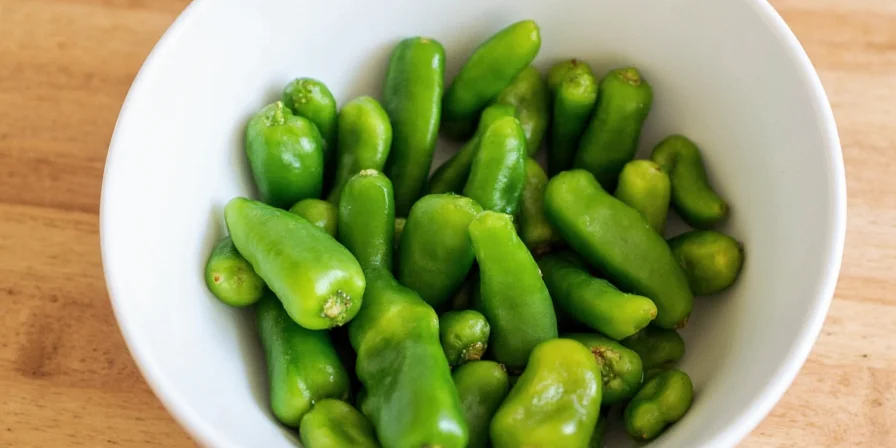
So, let’s answer the big question: What do serrano peppers taste like?
- Fruity: Unlike the more vegetal jalapeño, serranos have a subtle fruitiness that shines through, especially when they’re ripe (turning red, orange, or brown).
- Grassy/Earthy: When green, they carry a fresh, almost herbal note—similar to a crisp bell pepper with an edge.
- Crisp & Bright: Their thin skin makes them snappier than jalapeños, giving a nice textural contrast in dishes.
- Peppery Kick: The spice isn’t overwhelming but noticeable, making them great for everyday cooking without knocking your socks off.
How Ripe Changes the Flavor
The longer serrano peppers stay on the vine, the sweeter and spicier they become. Here's a quick breakdown:
| Ripeness Stage | Flavor Profile | Heat Level |
|---|---|---|
| Green | Vegetal, fresh, grassy | Mild to moderate |
| Red/Orange/Brown | Fruity, sweet, bold | Moderate to hot |

The Heat Factor: Scoville Scale Breakdown
If you're asking “What do serrano peppers taste like?” chances are, you're also curious about their spice level. Let’s break it down with the classic chili lover’s tool: the Scoville Scale.
- Scoville Units: 10,000 – 23,000 SHU (Scoville Heat Units)
- Average Heat: Moderate
To put that in perspective:
- Bell Pepper = 0 SHU
- Jalapeño = 2,500 – 8,000 SHU
- Serrano = 10,000 – 23,000 SHU
- Habanero = 100,000 – 350,000 SHU
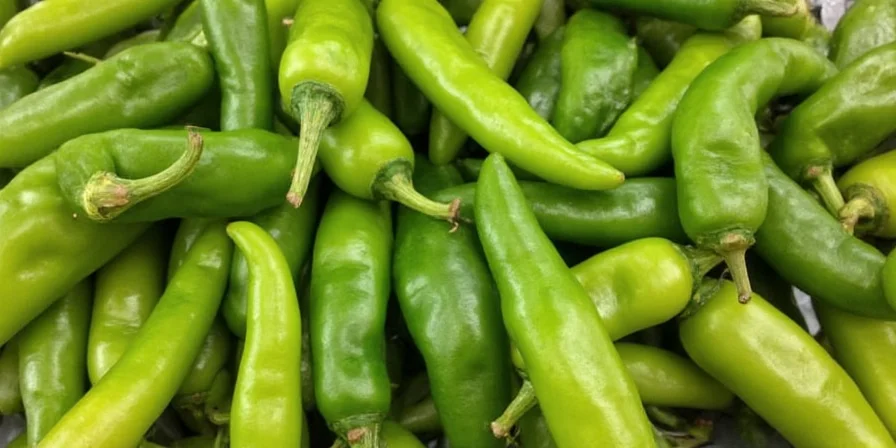
So yes, serrano peppers are definitely spicier than jalapeños—but not enough to scare off newbies unless you eat several whole ones!
Serrano vs. Jalapeño vs. Habanero: Taste & Spice Comparison
Let’s see how our friend the serrano stacks up against some famous chilies:
| Feature | Serrano Pepper | Jalapeño | Habanero |
|---|---|---|---|
| Taste | Fruity, grassy, bright | Herbaceous, earthy | Tropical, citrusy, floral |
| Heat Level | Moderate | Mild | Very Hot |
| Texture | Crispy, thin skin | Fleshy, thick skin | Thin and waxy |
| Best Use | Raw, roasted, pickled | Stuffed, grilled | Salsas, sauces |
Pro Tip:
If a recipe calls for jalapeño and you want more kick, swap in serranos! You’ll get more flavor and a little extra fire.
5 Practical Tips for Using Serrano Peppers in Your Kitchen
Now that you know what serrano peppers taste like and how they can spice things up, let’s get practical. Here are five ways to make the most of this versatile chili:
- Add Them Whole to Soups or Stews: Toss a few serrano peppers into simmering broths—they’ll infuse the liquid with a gentle heat and fruity undertone without overpowering the dish.
- Make a Quick Salsa: Combine diced serrano peppers, tomatoes, lime juice, cilantro, and onion for a vibrant salsa in minutes. It pairs beautifully with tortilla chips, tacos, or grilled meats.
- Roast Them for Depth: Roasting brings out their natural sweetness and mellows the heat slightly. Try them alongside corn, zucchini, or potatoes for a smoky side dish.
- Blend Into Sauces: Serranos are perfect for creamy sauces or spicy aiolis. Blend with mayo, garlic, lime, and a little salt for a sandwich spread that packs a punch.
- Pickle for Future Use: Pickling serrano peppers in vinegar, garlic, and spices preserves them and enhances their tangy flavor. Use them in tacos, burgers, or salads later on.
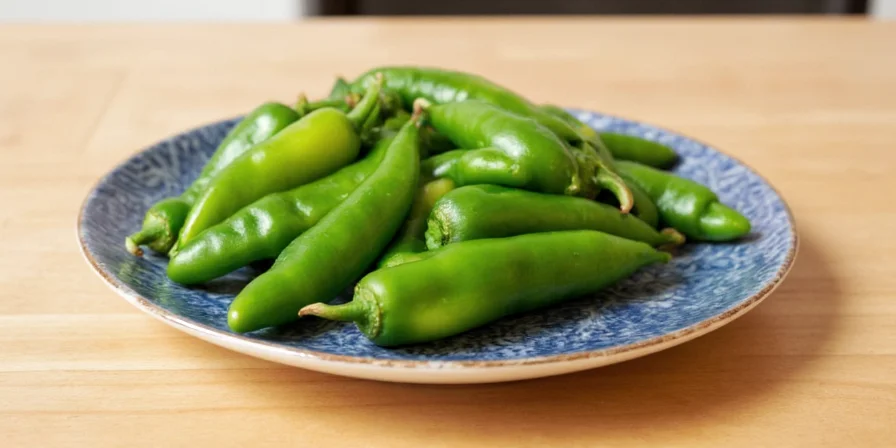
Growing Your Own Serrano Peppers
Want to experience the full journey from plant to plate? Growing serrano peppers at home is easier than you think—and super rewarding.
Key Growing Tips:
- Climate: Thrives in warm, sunny conditions. They prefer temperatures between 70–90°F (21–32°C).
- Soil: Well-draining soil rich in organic matter. pH level around 6.0–7.0 works best.
- Watering: Regular watering, but avoid soggy soil. Drip irrigation works well.
- Harvest: Can be harvested green or left to ripen fully for deeper flavor and color.
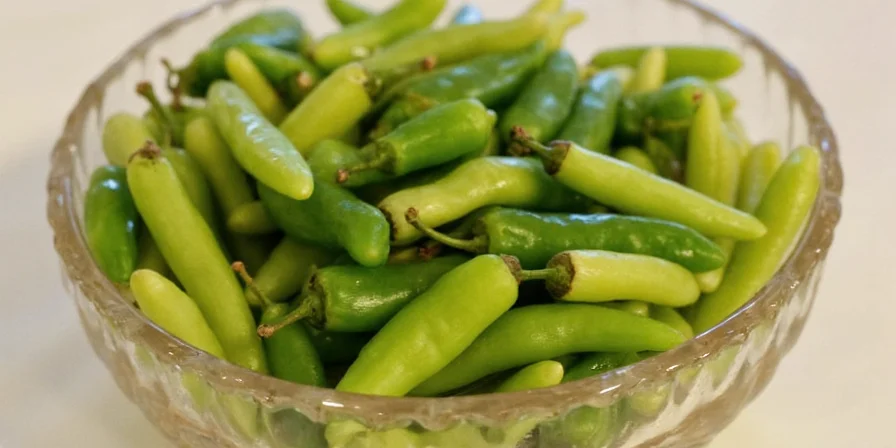
Beyond the Heat: Cultural Flavor Pairing Insights
While many peppers are used interchangeably, serrano peppers hold a special place in Mexican culinary traditions, particularly in the mountainous regions of Puebla and Hidalgo. Unlike jalapeños which are often used for their mild heat and versatility, serranos are the go-to for salsas that require a bright, clean heat without overwhelming the other ingredients.
A unique perspective: In traditional Mexican cooking, serrano peppers are rarely used alone. They are paired with specific ingredients to balance their grassy notes. For example, in the classic salsa verde, serranos are combined with tomatillos and cilantro to create a complex flavor profile where the pepper's fruitiness shines without dominating. This contrasts with habaneros, which are often used in Yucatecan cuisine for their intense heat and floral notes but require careful balancing with sweet or acidic elements.
This insight helps home cooks understand not just the pepper's characteristics, but how to use them in authentic combinations that have been refined over generations.

Fun Facts About Serrano Peppers
- Named after the Spanish word for “mountain,” because they were traditionally grown in high-altitude areas of Mexico.
- Used frequently in traditional Mexican dishes like salsas, pico de gallo, and enchilada sauces.
- You can eat serrano peppers raw, cooked, dried, or pickled.
- They contain capsaicin, which has been shown to boost metabolism and reduce inflammation.
- In parts of Mexico, serrano peppers are dried and ground into powder for seasoning rubs and marinades.
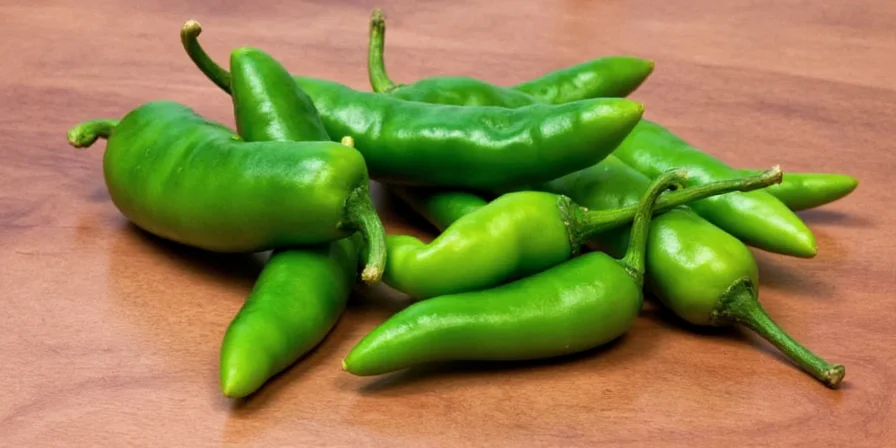
Conclusion: Embrace the Heat and Flavor of Serrano Peppers
So there you have it: what do serrano peppers taste like? Crisp, bright, fruity, and packing a pleasant punch of heat. Whether you’re jazzing up a weekday stir-fry or crafting the perfect homemade hot sauce, serrano peppers are a fantastic addition to any spice lover’s pantry.
Don’t be intimidated by their heat—start small, experiment with ripeness, and don’t forget to wear gloves when handling them (unless you enjoy sandpaper hands for hours). With a little creativity, serrano peppers can elevate your meals from bland to brilliant in no time.
And remember: the real secret to enjoying serrano peppers isn’t just knowing what they taste like—it’s learning how to work with them. So go ahead, add a little mountain fire to your food, and embrace the delicious chaos of spice!
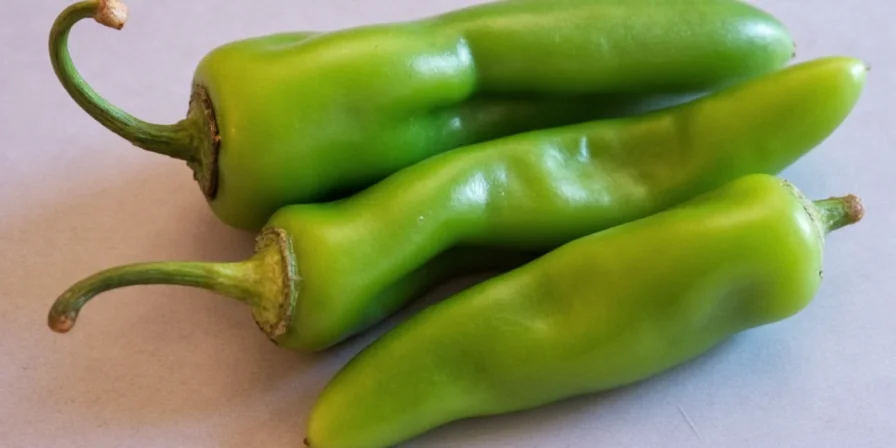
Frequently Asked Questions
How hot are serrano peppers compared to jalapeños?
Serrano peppers are significantly hotter, ranging from 10,000 to 23,000 Scoville Heat Units (SHU) compared to jalapeños' 2,500–8,000 SHU. This means serranos can be up to 9 times hotter.
Can I substitute serrano peppers for jalapeños in recipes?
Yes, but use fewer serranos due to their higher heat. Start with half the amount and adjust to taste. Remember to remove seeds and membranes for less heat.
What's the best way to handle serrano peppers without burning my skin?
Always wear gloves when handling serranos. If you don't have gloves, wash your hands thoroughly with soap and water immediately after, avoiding contact with your eyes or face.
How do I store fresh serrano peppers to keep them longest?
Store unwashed peppers in a paper bag in the refrigerator's crisper drawer for up to 3 weeks. For longer storage, freeze them whole after washing and drying.
Are there health benefits to eating serrano peppers?
Yes, they contain capsaicin which may boost metabolism and reduce inflammation. They are also rich in vitamins A and C, supporting immune health and skin vitality.

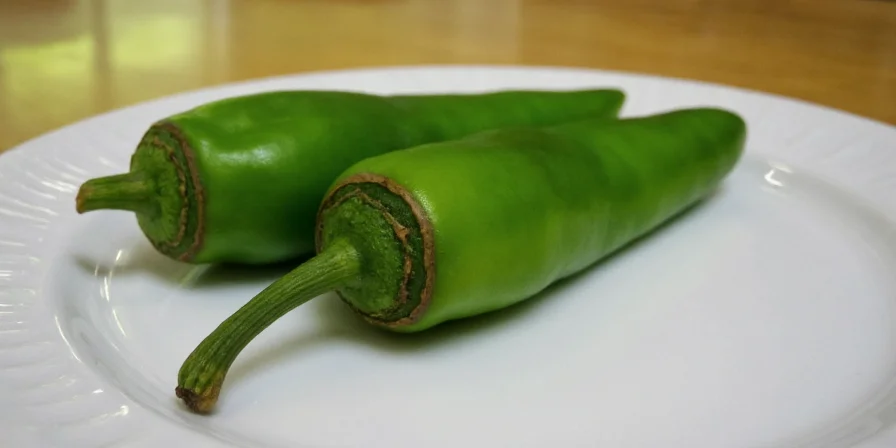









 浙公网安备
33010002000092号
浙公网安备
33010002000092号 浙B2-20120091-4
浙B2-20120091-4